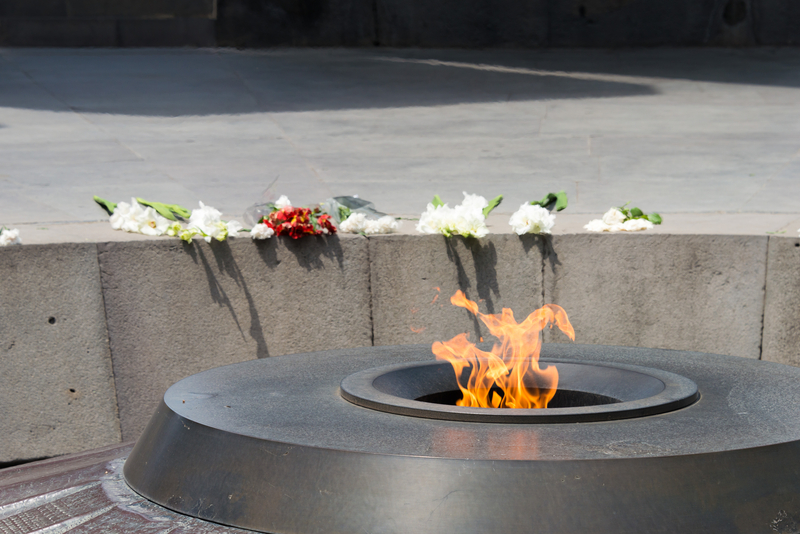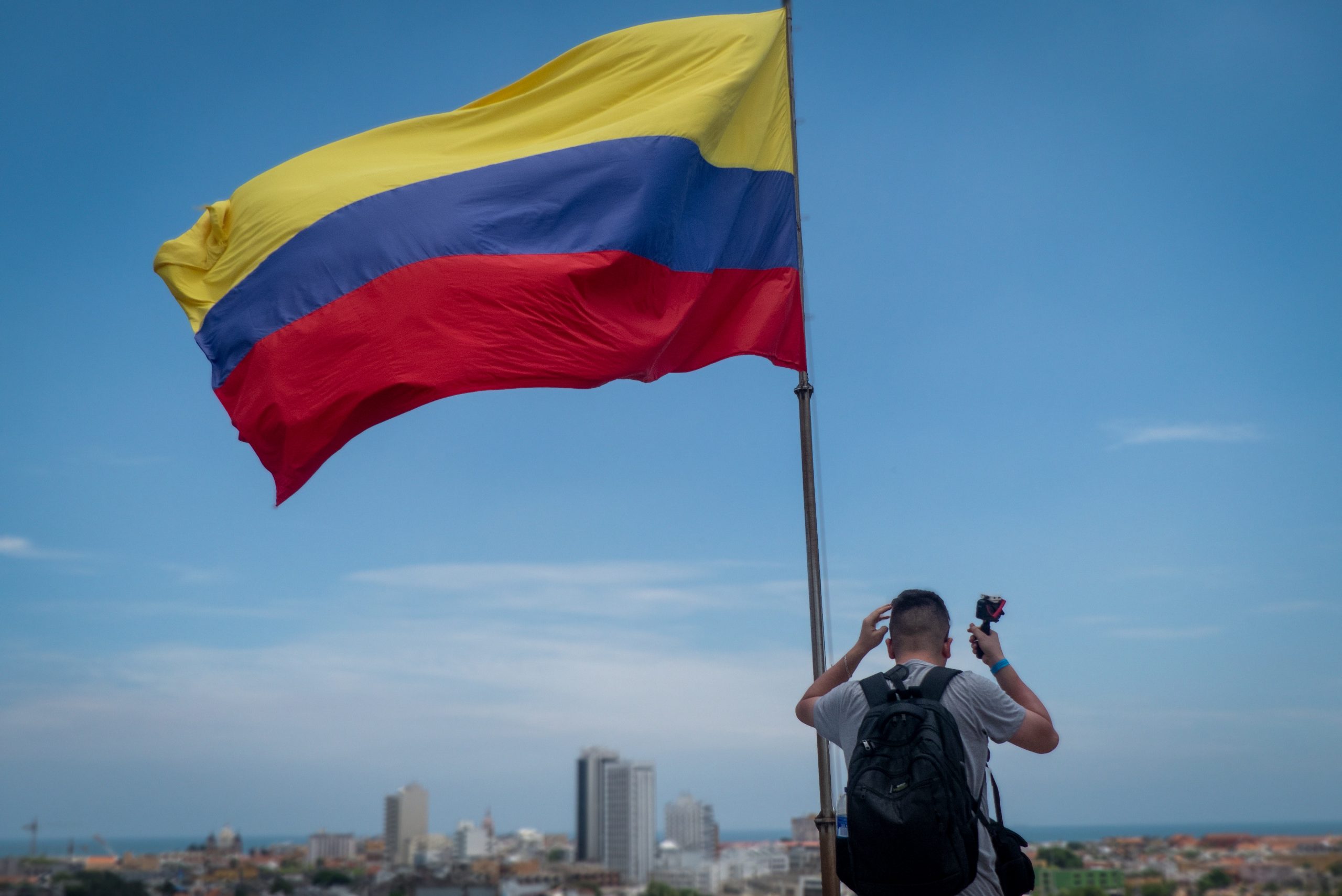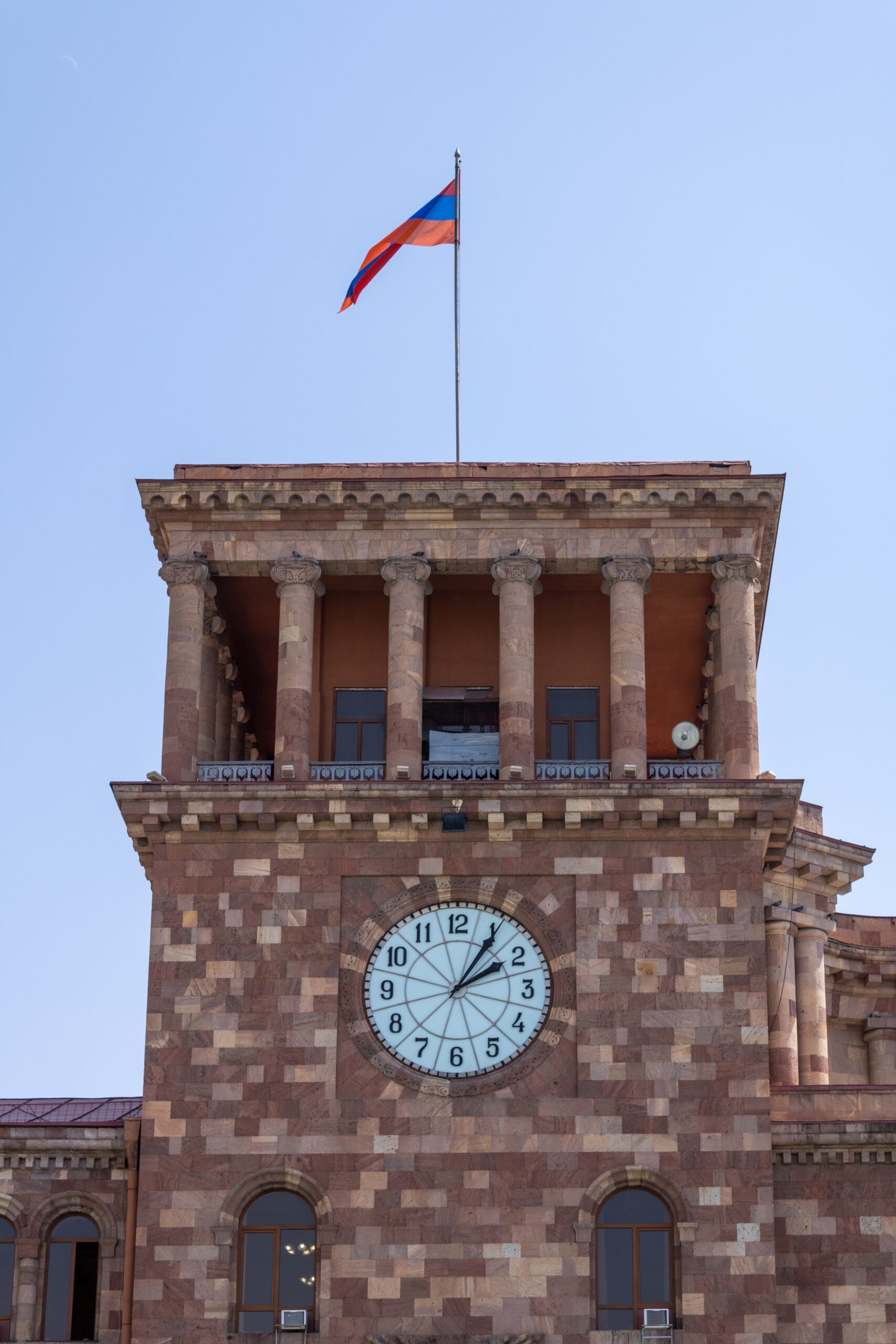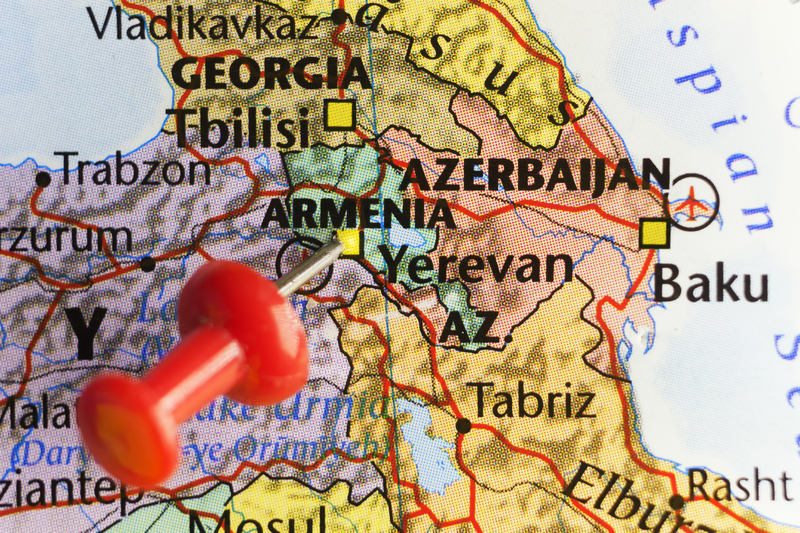Armenian Genocide Remembrance Day is a national holiday in Armenia held annually on April 24th to commemorate the victims of the Armenian Genocide which occurred in 1915.
The Armenian Genocide is said to have started on the 24th of April 1915 when the Ottoman Empire rounded up, arrested and horrifically slaughtered 250 Armenians in Constantinople, which is now known as Istanbul, Turkey. The Armenian Genocide continued with able bodied men being massacred, conscripted into the army or sent to forced labor camps while the women, children, elderly and ill were marched towards the Syrian Desert until they died.
The day is honored by hundreds of thousands of people silently marching to the Tsitsernakaberd Genocide Memorial in Yerevan, the capital of Armenia, to lay flowers at the base of the monument which houses an eternal flame. As each mourner pays their respects the mounds of flowers around the monument create a striking visual impact.
24 April 2015 was the 100th anniversary of the start of the genocide and a special service was held in the Etchmiadzin Cathedral in Vagharshapat to honour the victims on April 23rd to coincide with the start of the Genocide.
The service was held to canonize the victims of the genocide and lead to the creation of over 1.5 million new saints. The service ended at the symbolic time of 19:15 and ended with churches all over the country ringing their bells 100 times to mark the 100 years since the start of this horrific massacre.
Catholicos Karekin II said this about the service: “The canonization of the martyrs of the genocide brings life-giving new breath, grace and blessing to our national and ecclesiastical life. The blood of the Armenian martyred for Christ has placed the seal of unshakeable faith and patriotism on the sands of the desert.”
Forget-me-nots could be seen all over Armenia during the lead up to the centenary as they were appointed to be the official logo of the event. The name of the flower is significant and it translates to have a similar meaning in many languages implying that the victims and survivors of this genocide should not be forgotten. The five petals of the flower symbolize the five continents in which survivors of the genocide found shelter. The black in the flower symbolizes the horrors of the genocide and memories that the survivors carried with them. The violet in the flower symbolizes unity and is the color of many robes worn by Armenian priests and was chosen because many of those killed were Christians. The middle of the flower is yellow to show hope and is in a very similar shape to the memorial which holds the eternal flame.
The impact of this symbolic day was not just felt in Armenia, but around the world. On April 20 the Minister of Education and Higher Education of Lebanon, Elias Bou Saab, made an announcement saying that no schools in Lebanon would open on April 24th in observance of the Armenian Genocide Centenary. Also in commemoration of the hundredth anniversary, the lights of the Eiffel Tower in Paris and the Colosseum in Rome were turned off.














































